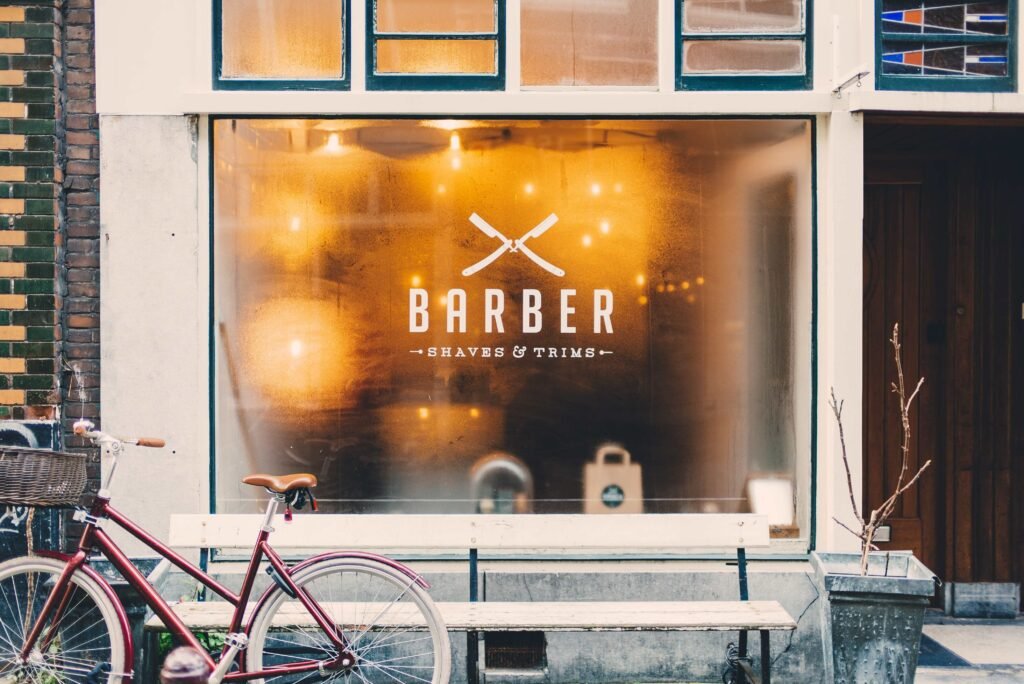The shop front of a business is the first point of contact between a potential customer and the brand. It sets the tone for the customer experience and is crucial in attracting and retaining customers. One of the most effective ways to enhance the visual appeal of a shop front is through lighting. Choosing the right lighting can create an inviting atmosphere that draws customers in, highlights products and services, and establishes a brand identity. In this blog, we provide a comprehensive guide to choosing shop front lighting that will help businesses outrank their competitors and attract more customers.
Understanding the Importance of Shop Front Lighting
Before we delve into the specifics of choosing shop front lighting, it is essential to understand the importance of lighting in creating an inviting and engaging atmosphere. Proper lighting can:
- Attract potential customers to your shop front: Bright and well-lit shop fronts attract attention and draw customers in.
- Highlight your products and services: Lighting can be used to highlight key products and services, making them stand out from the rest.
- Create a sense of safety and security for customers: Proper lighting can make customers feel safe and secure when entering and leaving the shop.
- Establish brand identity: The right lighting can help create a distinctive and recognizable brand identity.
- Create a memorable customer experience: Lighting can create a memorable customer experience, making customers more likely to return in the future.

Types of Shop Front Lighting
There are various types of shop front lighting that businesses can choose from, depending on their requirements and budget. Some of the most popular types of lighting include:
- Spotlights: These are small and compact lights that can be used to highlight specific areas or products within the shop front. They are ideal for directing attention to key products or displays.
- Floodlights: These lights provide a wider beam of light and can cover a larger area of the shop front. They are ideal for illuminating the entire shop front, making it more visible and attractive.
- Uplighters: These lights are placed on the ground and pointed upwards, creating a sense of height and highlighting architectural features. They are ideal for creating a dramatic effect and drawing attention to unique features of the building.
- Strip Lighting: These lights are long, thin, and flexible and can be used to create a continuous source of light. They are ideal for illuminating signage or shop front displays.
Factors to Consider When Choosing Shop Front Lighting
When choosing shop front lighting, businesses need to consider several factors to ensure they select the right lighting solution for their specific requirements. These factors include:
- The type of business: Different businesses require different types of lighting. For example, a fashion store may require more decorative lighting than a convenience store. A restaurant may require softer lighting to create a more relaxed and intimate atmosphere.
- The location of the shop front: The location of the shop front and the surrounding area will influence the type of lighting required. For example, if the shop front is in a busy shopping area with a lot of other stores nearby, brighter and more eye-catching lighting may be required to stand out.
- The target audience: Knowing your target audience can help you choose lighting that appeals to their preferences. For example, if your target audience is young and trendy, you may want to choose lighting that is more modern and stylish.
- Energy efficiency: Energy-efficient lighting not only reduces electricity bills but also helps reduce a business’s carbon footprint.

Choosing the Right Color Temperature
The color temperature of the lighting used in a shop front can have a significant impact on the atmosphere and customer experience. Color temperature is measured in Kelvin (K), and different color temperatures can create different effects.
- Warm White (2700K-3000K): This color temperature creates a warm and cozy atmosphere and is ideal for businesses that want to create a welcoming and comfortable environment, such as restaurants or cafes.
- Cool White (4000K-4500K): This color temperature creates a bright and energetic atmosphere and is ideal for businesses that want to create a vibrant and lively environment, such as fashion stores or electronics shops.
- Daylight (5000K-6500K): This color temperature creates a natural and realistic atmosphere and is ideal for businesses that want to showcase products in their natural colors, such as art galleries or jewelry stores.
It is important to choose the right color temperature that suits the business’s requirements and brand identity.
Lighting Design Tips for Shop Fronts
Once businesses have selected the right type of lighting and color temperature, they need to consider the lighting design. Here are some tips for designing an effective shop front lighting system:
- Use a combination of lighting types: A combination of spotlights, floodlights, and strip lighting can create a layered lighting effect that highlights different areas of the shop front.
- Create contrast: Using different lighting intensities can create contrast, which makes products stand out and draws attention to them.
- Use lighting to create depth: Uplighters can be used to highlight architectural features and create a sense of depth and dimension.
- Highlight signage: Illuminating signage with strip lighting can make it more visible and attractive.
- Consider the surrounding environment: The lighting design should complement the surrounding environment, such as the color of nearby buildings and the overall aesthetic of the area.

Maintenance and Safety Considerations
Finally, it is important to consider maintenance and safety when choosing and installing shop fronts and shop fronts’ lighting. Here are some important considerations:
- Regular maintenance: Regular maintenance and cleaning of lighting fixtures can help ensure they remain effective and efficient.
- Safety: Lighting fixtures should be installed in a way that does not pose a safety hazard to customers or employees. This includes ensuring that they are securely mounted and do not obstruct walkways.
- Energy efficiency: Businesses should consider using energy-efficient lighting solutions to reduce electricity bills and minimize their carbon footprint.
Read More:
Conclusion:
Choosing the right shop front lighting can have a significant impact on a business’s success. By understanding the importance of lighting, the different types of lighting available, and the factors to consider when choosing lighting, businesses can create an inviting and engaging shop front that attracts and retains customers. By following the lighting design tips and considering maintenance and safety, businesses can ensure their lighting system remains effective and efficient. With the right shop front lighting, businesses can outrank their competitors and create a memorable customer experience.





